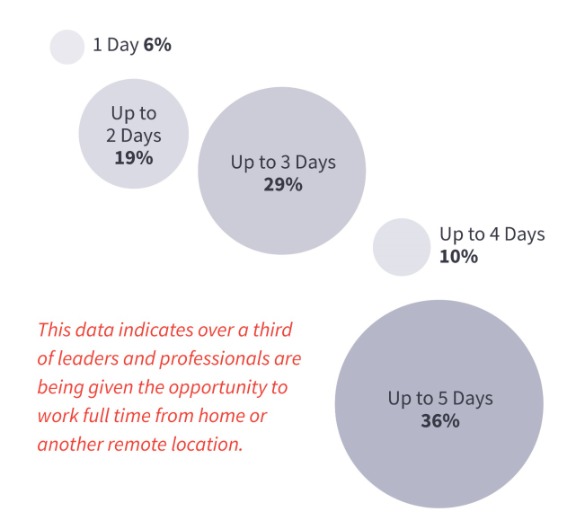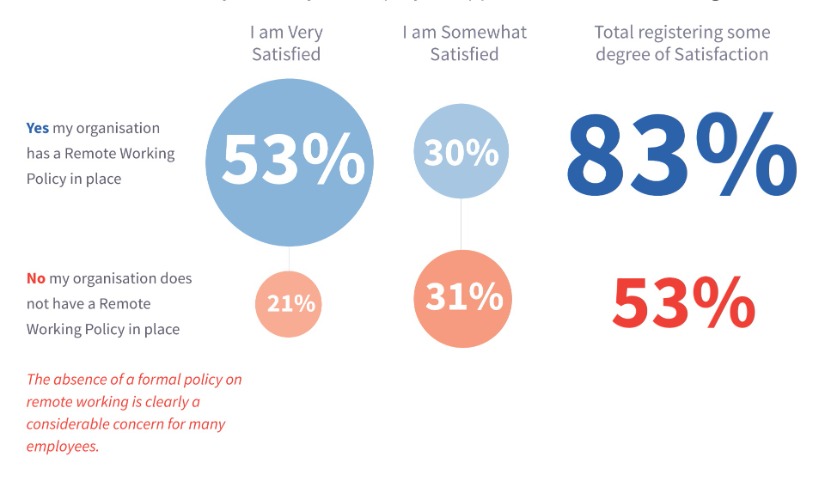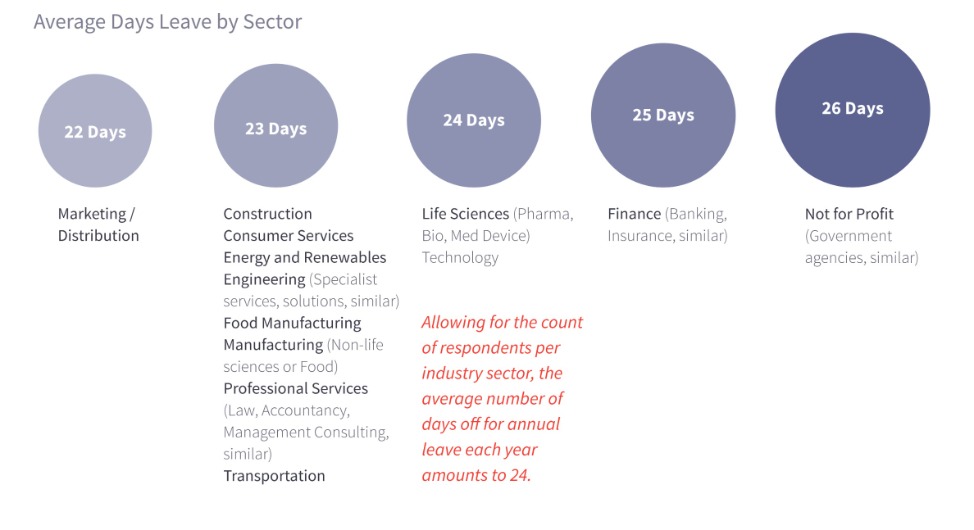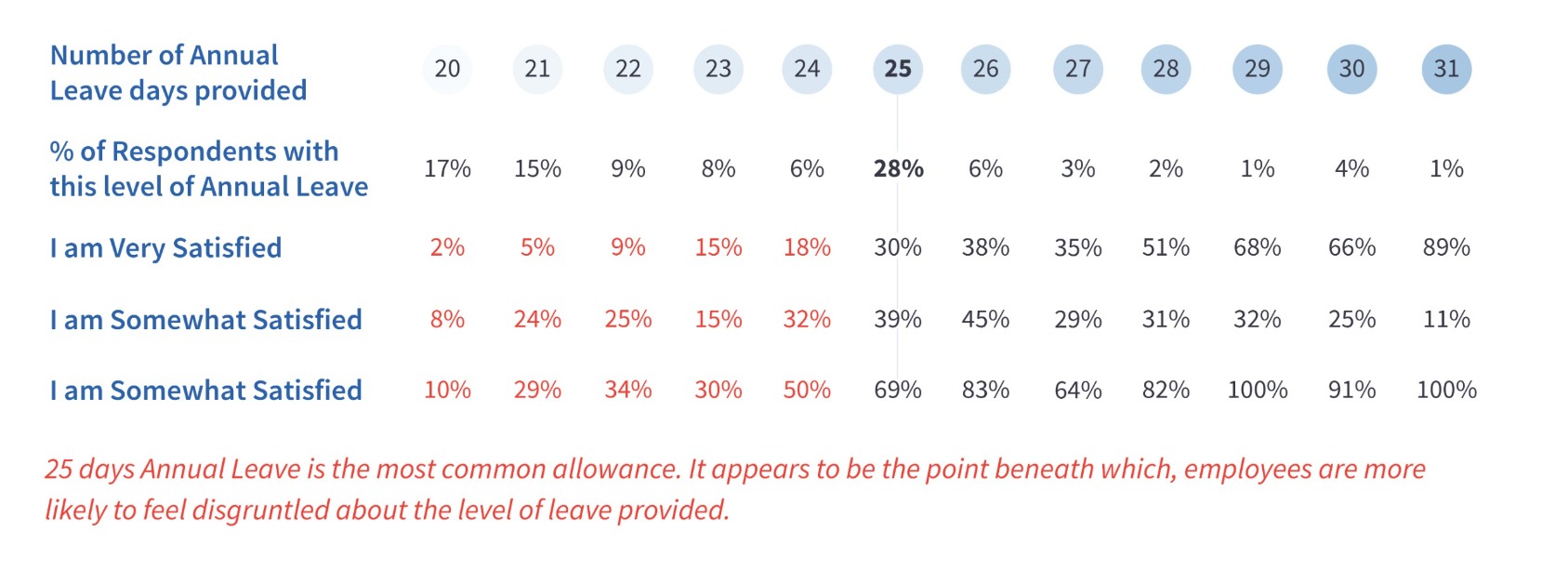DOWNLOAD
Adding to the post-pandemic complexity of employee engagement facing employers, as they seek to rebuild a new culture and redefine purpose, flexibility has now taken centre stage in employee value proposition design. As HR teams in many organisations seek to address this, we undertook a short survey on the prevalence of three core elements of employee flexibility in different industry segments. These are factors are remote working, annual leave allowances and flexible working arrangements. The questions posed were as follows:
FORMAL REMOTE WORKING POLICIES
1a. Has your employer confirmed a work from home policy at this time?
1b. If Yes, up to how many days are you, or will you, be able to choose to work remotely?
1c. How satisfied are you with your employers approach to remote working
ANNUAL LEAVE ALLOWANCES
2a. How many days annual leave are you currently provided with?
2b. Has this increased since you joined the organisation?
2c. How satisfied are you with your annual leave days?
OTHER FLEXIBLE WORKING ARRANGEMENTS
3a. What flexible working arrangements does your employer provide you with?
i) Career breaks
ii) Compressed working weeks
iii) Early finishes
iv) Flex time
v) Job sharing
vi) Reduced hours / Part time
vii) Staggered hours
1a. Has your employer confirmed a work from home policy?

Figures given in all cases are the % of firms who have a policy in place at this time. The four industry sectors most likely to have a policy in place at this time are firms in Marketing / Distribution (68%), Technology (63%), Energy & Renewables (60%) and Finance (58%). Those industry sectors least likely to have their remote working policy in place are Construction (7%), Food Manufacturing (21%), Other Production, excluding Life Sciences (23%) and Retail (32%).
These latter sectors are also those for whom a majority of employees need to be present to perform their roles. However, employees in these sectors, for whom it is not always necessary to be on site, also appear to be impacted. Some other notables included Life Sciences (44%), Professional Services (36%) and NFP (35%).
1b. Where a Remote Working policy is in place, up to how many days are you, or will you, be able to choose to work remotely?

1c. How satisfied are you with your employers approach to remote working?

2a. How many days of annual leave are you currently provided with?
The actual number of days reported by individual respondents across all sectors spanned from 20 to 47 days annual leave allowance. The typical range however was between 20 and 31.

2b. Has your annual leave allowance increased since you joined the organisation?

2c. How satisfied are you with your annual leave days?

3a What flexible working arrangements does your employer provide you with?

Download


